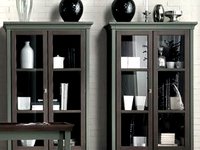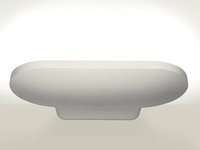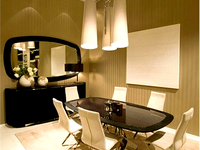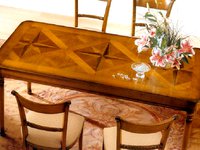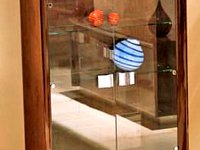relevant for a long time. You can think about recycling
and all sorts of ecological materials, but if your design
only has a lifespan of three to five years, you can never
call it sustainable.
The Gargantua came onto the market in 1994, for
example. As recently as 2014, it was selected for
the terraces of The Interlace in Singapore. That is
a gigantic residential complex that was voted best
building in the world in 2015. 20 years after its launch,
the Gargantua is still just as easy to incorporate into
other concepts! That is our goal. We try to create
the classics of the future. You never know in advance
whether something is going to be a classic. But you
can at least try to design things with the potential
to become one. I do believe we have managed to do
that several times. Whereas products usually have a
lifespan of three to five years, it is only after that period
that our products start to become commercially viable.
And then, if they keep on selling well many years later, I
believe that is a fantastic achievement.
Where do you see Extremis in the history
of furniture design?
We are quietly confident that these products will
become part of an evolution that has been happening
all along. We know what furniture the Egyptians had,
or the Romans, and later what they had in the Middle
Ages and certainly in the time of the French Kings,
29



